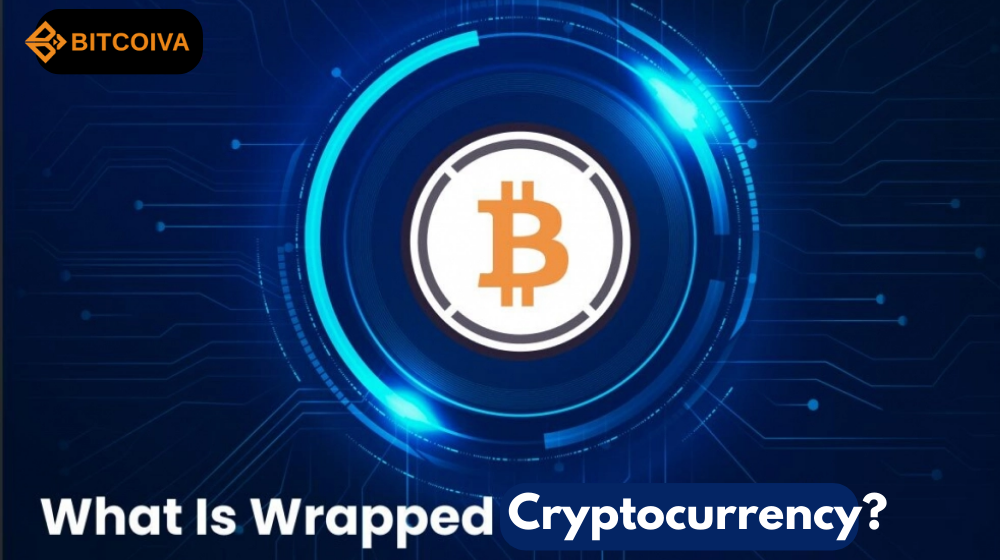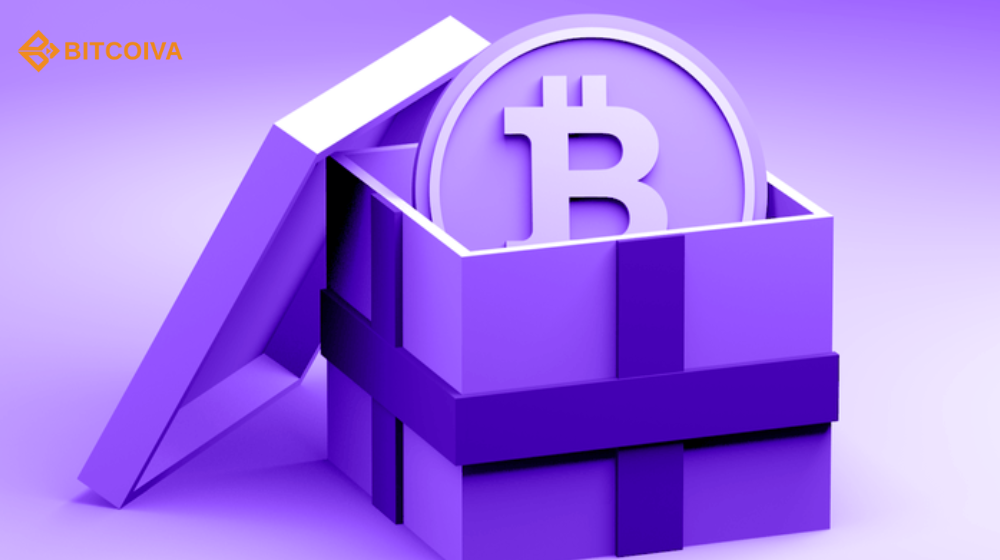Cryptocurrencies have become extremely popular all across the world in recent years. Even though the industry has seen many ups and downs, people have shown their faith and trust, enabling the cryptocurrency India sector to expand rapidly. However, as time goes on, more and more individuals are curious to learn about technology and other digital currencies, like wrapped bitcoin (WBTC).
Top Cryptocurrency in India, like Bitcoin and Ethereum, are cryptocurrencies that utilize blockchains. Now, several blockchains have various features, functions, and protocols. Unfortunately, they are not able to communicate with one another as a result of this distinction. At the same time, this enhances blockchain-based digital asset security. And people need more work to build an interoperable exchange that allows data transfer from one cryptocurrency to another. This blog will look at wrapped cryptocurrencies and what they mean to you as a crypto trader and investor.
Why was the Wrapped Cryptocurrency Idea Developed?
There were issues with the native tokens for Bitcoin and Ethereum. However, information exchange between cryptocurrencies is essential for Decentralized Finance (DeFi). Therefore, the industry needs to resolve the communication problem between the oldest and largest cryptocurrency networks, like Bitcoin and Ethereum, for Decentralized Exchanges (DEXs) to handle such transactions efficiently on the crypto app India. Although, some recent blockchains, like Polkadot, have attempted to address the interoperability issue.
Introduction to Wrapped Cryptocurrency
Here comes wrapped cryptocurrency into play. In other words, a wrapped token symbolizes a cryptocurrency built on a different blockchain with the same value as the original cryptocurrency. Still, it may be used on non-native blockchains and afterward redeemed for the original cryptocurrencies in crypto exchange India.
To put things into context, Wrapped Bitcoin (WBTC) is a digital token with the same value as one Bitcoin based on the Ethereum blockchain and can therefore be used in the Decentralized Finance (DeFi) ecosystem, which is primarily based on the Ethereum blockchain technology. It is also based on the ERC-20 standard.
Examples of Wrapped Cryptocurrencies
Bitcoin and ether are not the only existing wrapped cryptocurrencies. For example, Ren supports wrapped versions of many popular cryptocurrencies:
Bitcoin Cash (BCH): renBCH
Filecoin (FIL): renFIL
Digibyte (DGB): renDGB
Zcash (ZEC): renZEC
Terra (LUNA): renLUNA
Dogecoin (DOGE): renDOGE
Other wrapped versions of popular cryptocurrencies are:
Filecoin (FIL): wrapped filecoin (wFIL)
Monero (XMR): wrapped monero (wXMR)
Zcash (ZEC): wrapped zcash (wZEC)
Nexus Mutual (NXM): wrapped NXM (wNXM)
Binance Token (BNB): wrapped BNB (wBNB)
Celo (CELO): wrapped celo (wCELO)
Matic (MATIC): wrapped matic (wMATIC)
What makes wrapped cryptocurrency India unique?
Communications across blockchains are provided through wrapped cryptocurrencies like WBTC, allowing users to move assets quickly and use other blockchains’ functions and applications. These benefits include quicker transaction times, lower fees, and increased farming potential. It bridges the technology that enables you to wrap your cryptocurrencies to transfer them across blockchains. The number of wrapped cryptocurrencies like WBTC in circulation has been continuously rising.
Wrapped cryptocurrencies enhanced liquidity and supercharged the cross-chain flow of assets, benefiting the DeFi ecosystem of Ethereum is one of the top 5 cryptocurrency in India. These assets have improved the much-needed interconnection between the many ecosystems of blockchain’s community, making possible new forms of composability and collaboration.
How Do Wrapped cryptocurrencies (like WBTC) Produce?
The Wrapped Bitcoin’s DAO’s governing members decide on significant protocol modifications and updates, as well as who can take on the duties of the custodians and merchants who oversee the system. Users need to communicate with merchants to exchange their BTC for WBTC. By carrying out authentication processes to verify consumers’ identities, merchants start minting or burning WBTC tokens. The custodians mint and burn real tokens on the Ethereum blockchain, and they also retain the BTC that is being wrapped.
When WBTC is burnt, the custodian returns the BTC to the user. The custodian takes BTC from the user and stores it when a new WBTC is created.
How Does Wrapped Cryptocurrency Function?
Wrapped cryptocurrencies are generated and eradicated by a process called “minting” and “burning.” The underlying asset, BTC, is transferred to a custodian who holds it in a virtual safe to mint a wrapped cryptocurrency like WBTC. A comparable quantity of WBTC can be mined when the underlying BTC has been secured. This process is also known as “wrapping.” A smart contract is being used to “wrap up” the underlying asset in a digital vault, and a new wrapped asset is minted to be used on another blockchain.
A similar process is used, but in reverse, to burn WBTC. The corresponding amount of BTC is released from the online vault and put back into circulation in place of the WBTC. Later this is taken out of circulation. Burning-wrapped tokens may be compared to “unwrapping” the underlying item, which can compare just to minting wrapped cryptocurrency to “wrap” the underlying asset to generate a token of comparable value for usage on another blockchain.
Bottom Line
What Does the Future Look Like with new Cryptocurrency India?
The industry needs help achieving interoperability across various blockchains. One of the issues is that when more blockchains are created, the number of bridges needed to ensure that assets on one blockchain may rapidly move to every other blockchain exponentially rises.
Solutions are being created to make bridging assets across blockchains more straightforward and effective. Shortly, at least bridges and wrapped cryptocurrencies are expected to be a vital component of the interoperability solution.
Visit us at: www.bitcoiva.com


